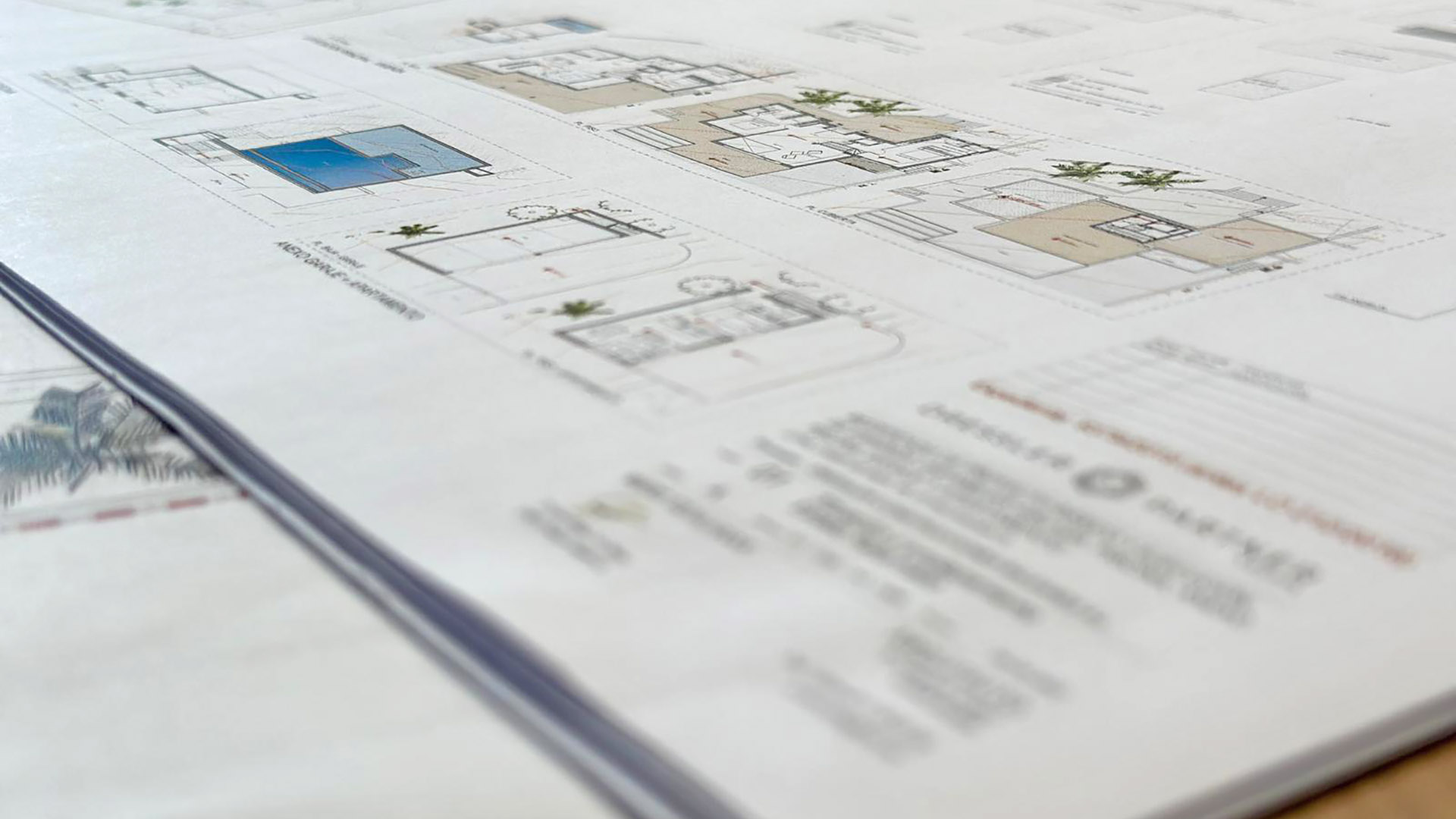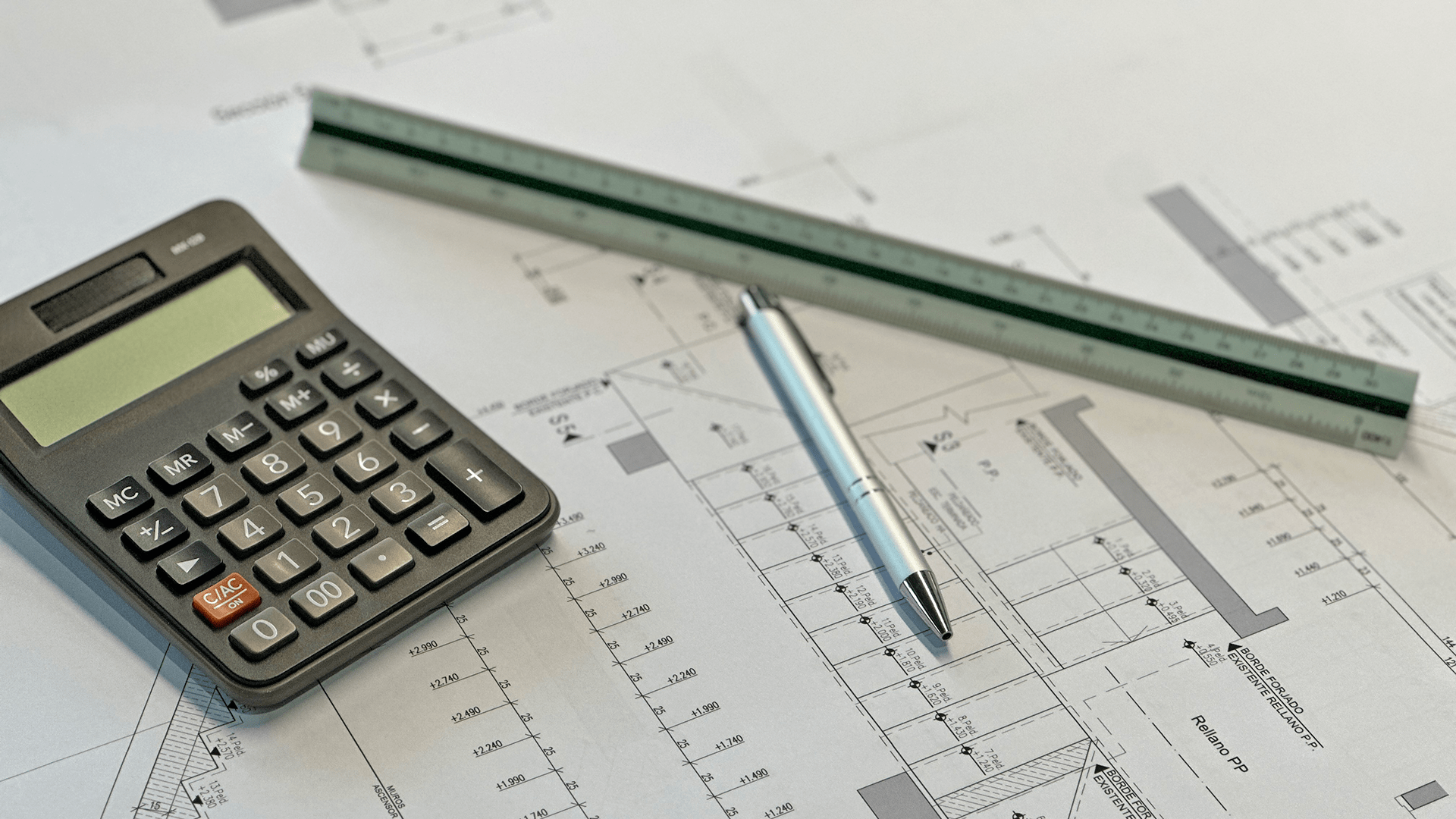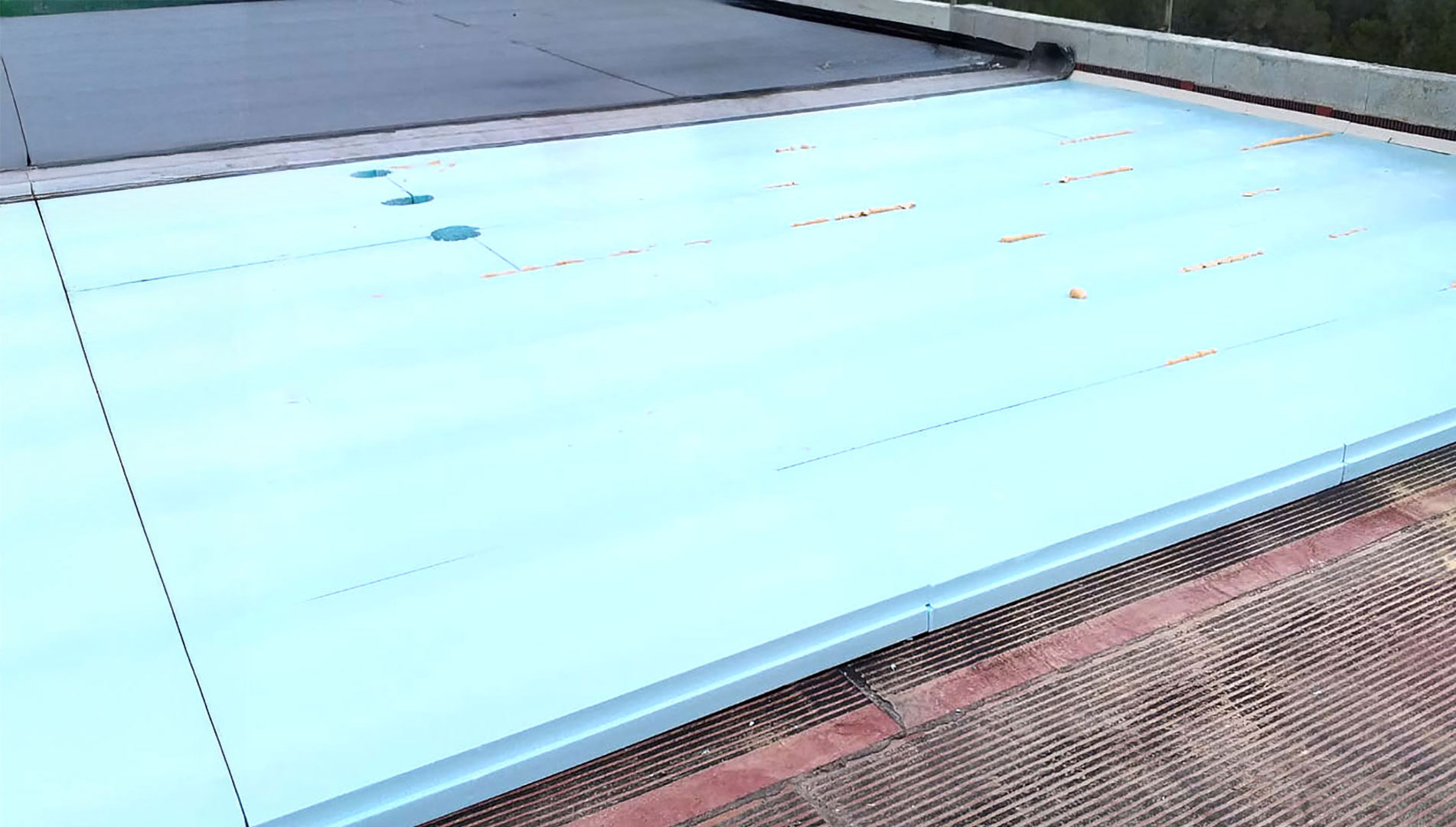

Construction cost controlling for new build projects in Majorca
Majorca offers a stable economy and a growing property market. However, the realisation of new construction projects in Majorca, like everywhere else, is associated with financial risks. Construction cost controlling is therefore a decisive factor for the success of construction projects. This article highlights the importance, challenges and best practices of construction cost controlling for new construction projects in Majorca.
Importance of construction cost controlling
Construction cost controlling is a systematic process that involves planning, monitoring and controlling the financial resources of a construction project. It ensures that the project stays within the set budget, while at the same time maintaining the quality and time frame. Especially in Majorca, where construction costs can be heavily influenced by factors such as geographical location, material import costs and local regulations, efficient construction cost controlling is essential.
Challenges in controlling construction costs in Majorca:
- Local building regulations and bureaucracy:
Building regulations in Majorca are strict and can vary from municipality to municipality. Authorisation procedures are often lengthy and complicated, which can lead to delays and unexpected costs. - Compliance with local building regulations is imperative to avoid penalties or reworking, which can put a significant strain on the budget.
Material and transport costs:
- As Majorca is an island, many building materials have to be imported, which drives up costs. In addition, transport costs and delays can arise due to logistical challenges.
- The availability of local materials is often limited and the quality can vary, which can lead to a further increase in costs if higher quality materials have to be imported.
Manpower costs:
- The cost of skilled workers in Majorca has risen in recent years as the demand for construction projects has increased. This increases salary costs and can affect the budget.
- In addition, there are often shortages of specialised workers, which can lead to delays and increased costs if external specialists have to be brought in.
Exchange rate risks:
- For international investors, particularly those from countries outside the eurozone, exchange rate volatility can pose a significant financial risk. Fluctuations can affect the cost of materials, services and labour.
Seasonal fluctuations and weather conditions:
- Majorca has a distinct high and low season, which can affect the availability of labour and the speed of construction work. Weather conditions, especially in the summer months, can cause delays which in turn increase costs.
- During the summer months, Majorca has strict regulations regarding noise disturbances, especially in areas that are heavily frequented by tourists. In most cases, the regulations stipulate that all construction work must be suspended, at least during the peak season months of July and August. These requirements often mean that construction work can only be carried out to a limited extent or not at all. This can not only lead to considerable delays in the construction schedule, but also increase the overall cost of the project as additional noise protection measures are required.
Economic situation and crises:
- Global and local economic crises can have a significant impact on construction costs. During economic uncertainties, supply chains can be interrupted, leading to material shortages and thus to price increases.
- Inflation, political instability or crises such as pandemics can also lead to rising costs, whether through higher material prices, increased labour costs or interruptions to construction work.
- In addition, an uncertain economic situation can lead to investor reluctance, which can make access to financing more difficult and increase the overall cost of the project due to extended construction times or the need for alternative financing methods.
Trends and price fluctuations in building materials:
- The choice of materials plays a crucial role in construction costs, especially in the interior sector, where trends are of great importance. In Majorca, where many luxurious and modern construction projects are being realised, current trends in materials such as natural stone, high-quality woods, glass or innovative surface treatments can have a significant impact on costs.
- As these materials usually have to be imported and are frequently in demand, they can be subject to price fluctuations. Trendy materials can lead to higher prices, as demand can exceed supply. Conversely, materials that are less in demand can fall in price, which could lead to cost savings.
- In addition, sustainable and environmentally friendly materials, which are becoming increasingly popular, often lead to higher costs. However, the use of such materials can bring long-term benefits, such as energy savings or an increase in property value.
- This variability in material costs must be taken into account in construction cost controlling in order to plan the budget as precisely as possible and anticipate possible price increases or savings depending on trends and the availability of materials.
- Depending on the municipality, it can take up to five years from planning permission to building acceptance. The increase in material prices and the inflation rate can lead to a considerable price increase during these years. Due to the large number of variable factors such as material price fluctuations, unforeseeable delays and changing market conditions, it is almost impossible to produce a construction cost statement that is 100% accurate over the entire course of the project.
Strategies and best practices in construction cost controlling
Detailed budget planning:
- Accurate and detailed budget planning is the first step in construction cost controlling. It is important to consider all potential costs, including unexpected expenses, from the outset. A reserve of 10% of the total budget should be planned for unforeseen costs.
Continuous cost monitoring:
- Regular reviews of the budget and actual spend are critical to identify variances early. Modern construction cost controlling software solutions enable real-time monitoring and provide valuable insight into the financial position of the project.
Contract management and supplementary control:
- Well-structured contract management is essential to avoid cost overruns. Contracts should contain clear agreements on prices, payment terms and delivery times. In addition, supplements should be strictly controlled in order to minimise additional costs.
Optimisation of material procurement:
- By specifying and ordering materials at an early stage, price increases can be avoided. Comparing offers and searching for local alternatives can also help to reduce material costs.
Effective risk management:
- Identifying and assessing potential risks are critical to successful construction cost control. Action plans should be developed for different risk scenarios in order to be able to react quickly and effectively.
Transparent communication:
- Open and transparent communication between all parties involved – including clients, architects and contractors – is crucial. Misunderstandings and lack of information can lead to significant cost overruns.
Conclusion:
Construction cost controlling is an essential part of new projects as well as refurbishment projects in Majorca. Due to the unique challenges posed by the island, careful planning and monitoring of construction costs is crucial to project success. By utilising best practices such as detailed budget planning, continuous monitoring and effective risk management, developers can ensure that their projects are completed on time and within budget. Given the increasing demand for property in Majorca and the associated cost increases, construction cost controlling will play an even more important role in the future, especially in times of economic uncertainty and global crises that could further drive up construction costs.

